-
Posted On Tuesday, September 17, 2019 by Evan Lamoliara
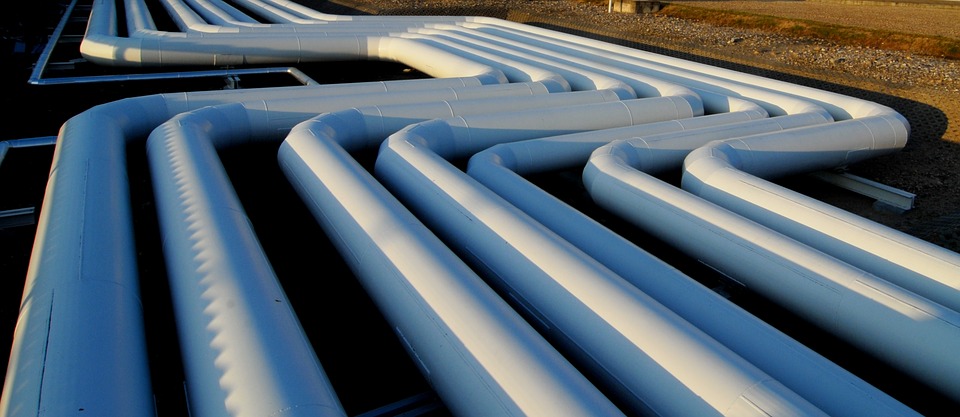
Is your sales team struggling to keep your B2B company's sales pipeline full? Regardless of what products or services your B2B company sells, you probably know the importance of maintaining a full sales pipeline. It provides sales reps with sales leads in various stages of their purchasing journey, whom sales reps can nurture into buyers. When a sales pipeline runs dry, though, sales reps are left with few or no leads to whom they can pitch your B2B company's products or services. Regardless of what your B2B company sells or offers, you should try to identify the reason why your sales pipeline is running dry. Below are seven common reasons for a dry sales pipeline and how to fix it.
#1) Buying Low-Quality Leads
Purchasing sales leads from a high quality, reputable company that specializes in your industry can be extremely helpful. When executed correctly, buying sales leads can promote a fuller sales pipeline. But be careful, not all lead generation companies are the same. The allure of purchasing hundreds or even thousands of leads for pennies a piece may sound enticing, but you have to consider the quality of those leads. If they are old, irrelevant or otherwise low quality, they probably won't move through your B2B company's sales pipeline.
That's why SalesLeads exist. Our customer base keeps growing because we specialize in generating high quality sales leads specifically for your industry. Our sales leads are called project reports. That's because we're delivering a report to you that gives you an overview of what the company is looking for, and what stage they are within the process. You'll also receive the contact names, direct email addresses and direct phone numbers so you get started on your new sales lead right away. Try a few out at no cost. We're confident you'll be satisfied.
#2) Not Qualifying Leads
If your B2B company doesn't qualify its leads, you can expect a dry sales pipeline. Attracting and building leads is an essential step in B2B sales. Assuming you do it on a regular basis, it will keep the first segment of your B2B company's sales pipeline full. The second segment, however, relies on lead qualification. Qualification involves categorizing leads so that you can create and use a custom sales approach for similar demographics. Without lead qualification, you'll be forced to use a generic sales approach for all your B2B company's leads, which will likely result in many leads abandoning your B2B company and, instead, choosing a competitor's product or service.
#3) Giving Up After a Single Call
Not all leads will answer the first time you call them. In fact, most leads will require several calls or touches to reach. Research cited by Spotio even found that the average B2B buyer requires 18 calls to reach. If you give up after the first attempt, you'll forfeit the opportunity to include those prospective buyers in your B2B company's sales pipeline. Therefore, you should adjust your calling strategy to include follow-up calls with leads, regardless of whether or not you reach them, at different intervals.
#4) Not Personalizing Messages
Failure to personalize messages with leads and prospective buyers will likely result in an empty sales pipeline. Not surprisingly, personalizes messages resonate with leads and buyers. When you address a lead by name, for example, he or she will be more likely to stay in your B2B company's sales pipeline. Of course, addressing leads by name is just one way to personalize your messages. Mention companies that you've solved similar challenges for. Send them a case study or a personal synopsis. Include any information that's relevant to a single and specific lead to reap the benefits of personalized messages.
#5) Using the Wrong Channels for Communication
For a full sales pipeline, you need to use the right channels for communication. In the past, B2B companies were restricted to using just a few channels for communication, such as phone and direct mail. The advent of the internet, however, has changed the way in which B2B companies -- as well as B2C companies for that matter -- communicate with their respective buyers. You can still use phone and direct mail as communication channels, but be sure to add other online channels as well. Maybe a prospect prefers social media-based communications, or perhaps he or she prefers email-based communications., or even a text! The more you explore, the more you'll find out which ones they actually respond to.
#6) Relying on Outbound Marketing for Lead Generation
If you rely strictly on outbound marketing tactics to generate leads, you can expect a drier and emptier sales pipeline. Outbound marketing tactics like direct advertising, trade shows, and social media can certainly help bring new leads into the first stage of your B2B company's sales pipeline. But unless you combine your outbound marketing strategy with inbound tactics as well, you won't have many leads in the latter stages of your B2B company's sales pipeline.
#7) Overlooking the Importance of Long-Term Buyers
While generating fresh leads is essential for a full sales pipeline, you shouldn't overlook the importance of long-term buyers. According to a study conducted by the Harvard Business Review, companies spend anywhere from five to 25 times more money when selling to a new buyer than an existing buyer. Therefore, you should invest some of your time and resources to selling to existing buyers as well.
These are just a few reasons how issues in a sales pipeline occur. By addressing these issues directly, you'll promote a fuller sales pipeline with leads and prospective buyers in all stages of their purchasing journey.
What to learn more? Get in Touch
Latest Posts
-
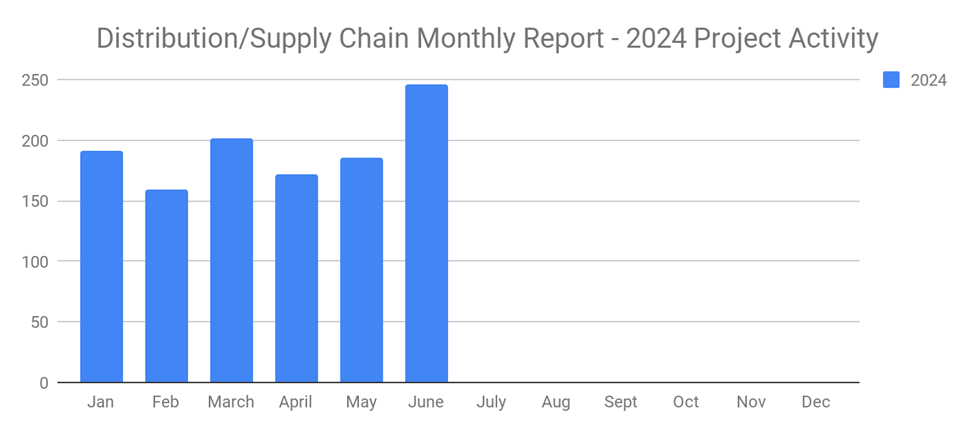
New Distribution and Supply Chain Industrial Projects Surge to 246 in June 2024
-
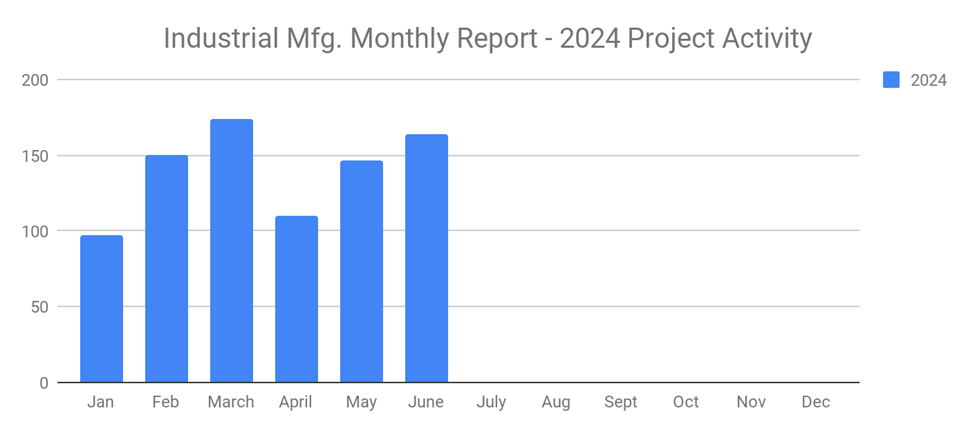
New Industrial Manufacturing Projects Third Month in a Row of Growth with 164 New Projects for June 2024
-
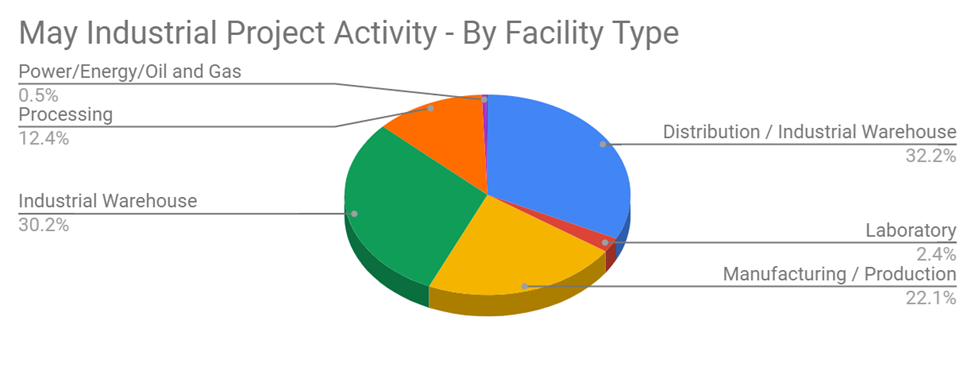
Planned Industrial Construction Projects Continue Strong in June 2024 with 496 New Projects
-
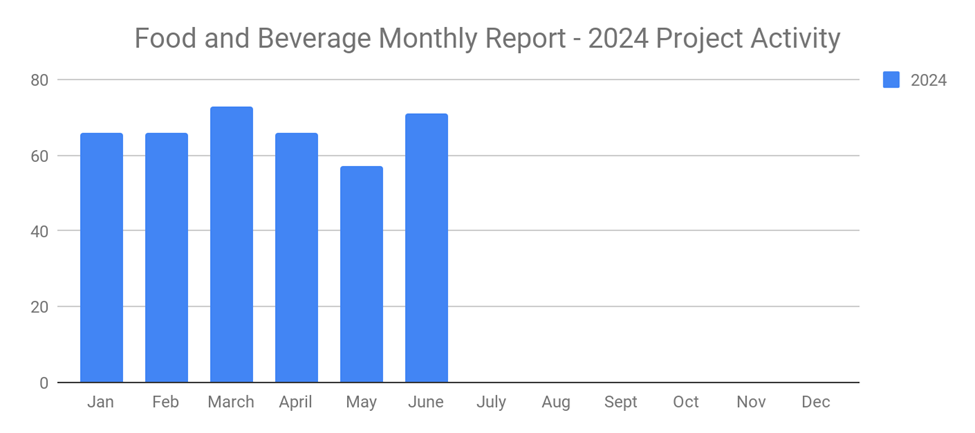
New Food and Beverage Planned Projects with Stellar Growth in June 2024 with 71 New Projects
